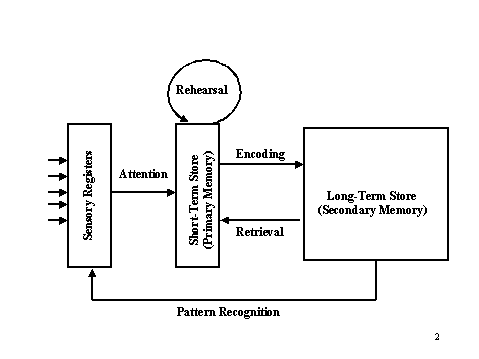Boys and Gaming
Design Overview
Because our goal was to understand the lived experiences of boy gamers in relation to their learning, we decided to use a phenomenological approach (Groenewald, 2004, Lester, 1999, Moustakas, 1994). The theoretical lens utilized for this approach was cultural historical activity theory (CHAT) (Roth & Lee, 2007). As our direct interest is with boys and video games the CHAT framework allowed us to examine activity through a designed experience (Squire, 2006)
Stats
School District: Wallenpaupack School District
Activities: Football, Wrestling, Basketball, & Video Games
Population: Boys Only
Ages: Range 10-17 years old
Our Participants


Video Games Mentioned: Assassins Creed (AC), Baseball (MLB), Battlefield (BF), Borderlands (BORD), Call of Duty (CoD), Diablo (DIAB), Driving Games (DV), Halo (H), Little Big Planet (LBP), Madden (MAD), Minecraft (MINE), NBA2K (2K), NCAA Football (NCAA), Phineas & Ferb (PF), Pokémon (PK), Portal (PORT), Skate (SK), Skyrim (SKY), StarCraft (SC), Ultimate Fighting Championship (UFC), World of Warcraft (WOW).
Procedure
The team gathered data using individual semi-structured interviews (Drever, 1995; Seidman, 1998). During this exploratory phase an initial interview was collected from 12 respondents. Four middle school students and eight high school students. Each interview was conducted in a public space at the high school or middle school and lasted approximately 15–20 minutes. These interviews were audiotaped and used a protocol that included the participants’ thoughts on learning in video games. Questions included, “What games do you play? Do you feel you learn from games? What kinds of things do you learn in gaming? Tell us about your experience gaming.”
Coding Process
A clearer picture of the process may be viewed by the videos and documents below. Our process of coding was iterative. Having multiple sets of eyes helped to reveal biases, allowing for multiple interpretations leading us a more reflexive qualitative approach (Rossman & Rallis, 2012).


From 1st code to transition of learning

Embedding learning goals from CCSS into codes

CHAT code counter

From 1st code to transition of learning
Data Analysis
The Data Analysis took place in two layers. The preliminary analysis was done to identify and codify repeated activity, ideas, and themes surrounding learning.
 |  |  |
|---|---|---|
 |  |  |
 |  |
In the second layer of analysis, our goal was to separate learning accounts based on games, and find out the extent to which these accounts overlap with the CCSS. For this portion of our analysis we used a modified Phenomenological Thematic Analysis (PTA) with a focus on bracketing for each game found in our prior analysis (Moustakas, C.E., 1994).

First we identified each game played per participant then cross-referenced them with the group. This allowed the team to identify the games that were played by the group of participants. We then applied a phenomenological reduction (extracting textural descriptions), imaginative variation (extracting structural descriptions) and finally a synthesis (textural-structural description) for each game found in our prior analysis.

Lastly we used the textural-structural data to identify learning instances that mapped to the CCSS (“NGA & CCSSO”, 2012).

Identify Games Played |  Organized Games |  Label Textural/Structural AccountsPhenomenological Reduction Imaginative Variation |  Synthesis |
|---|---|---|---|
 Learning Themes |